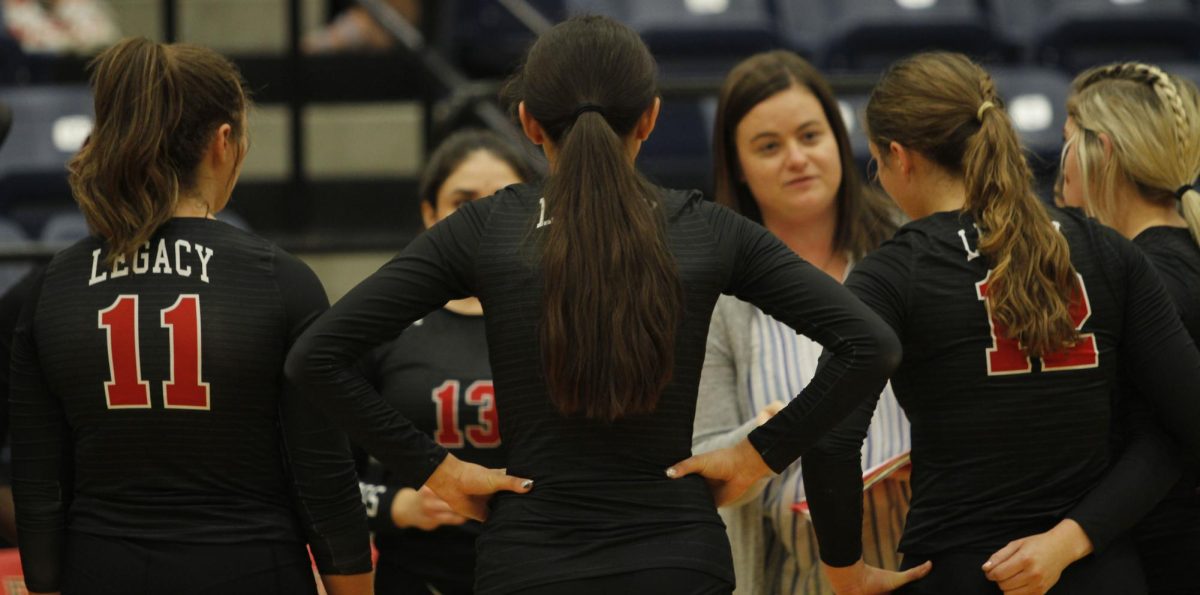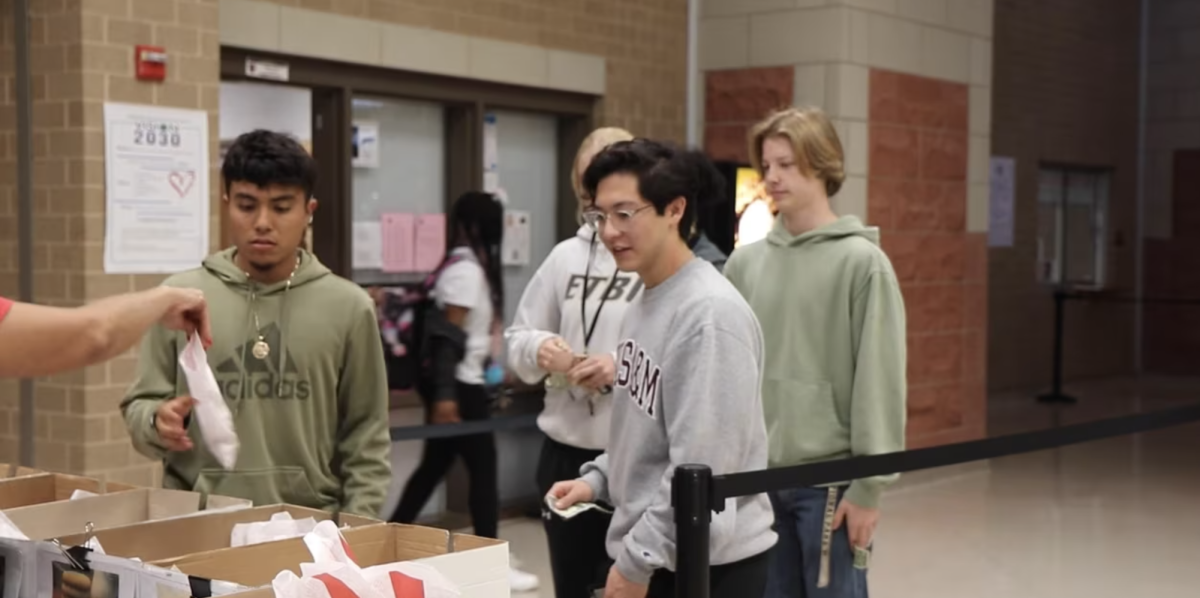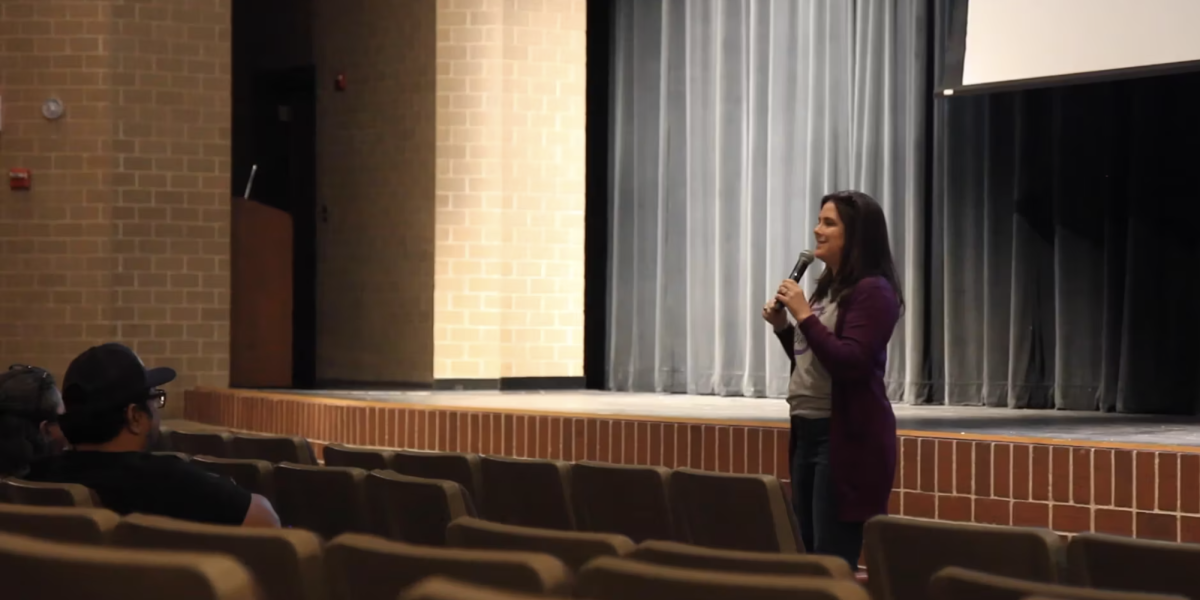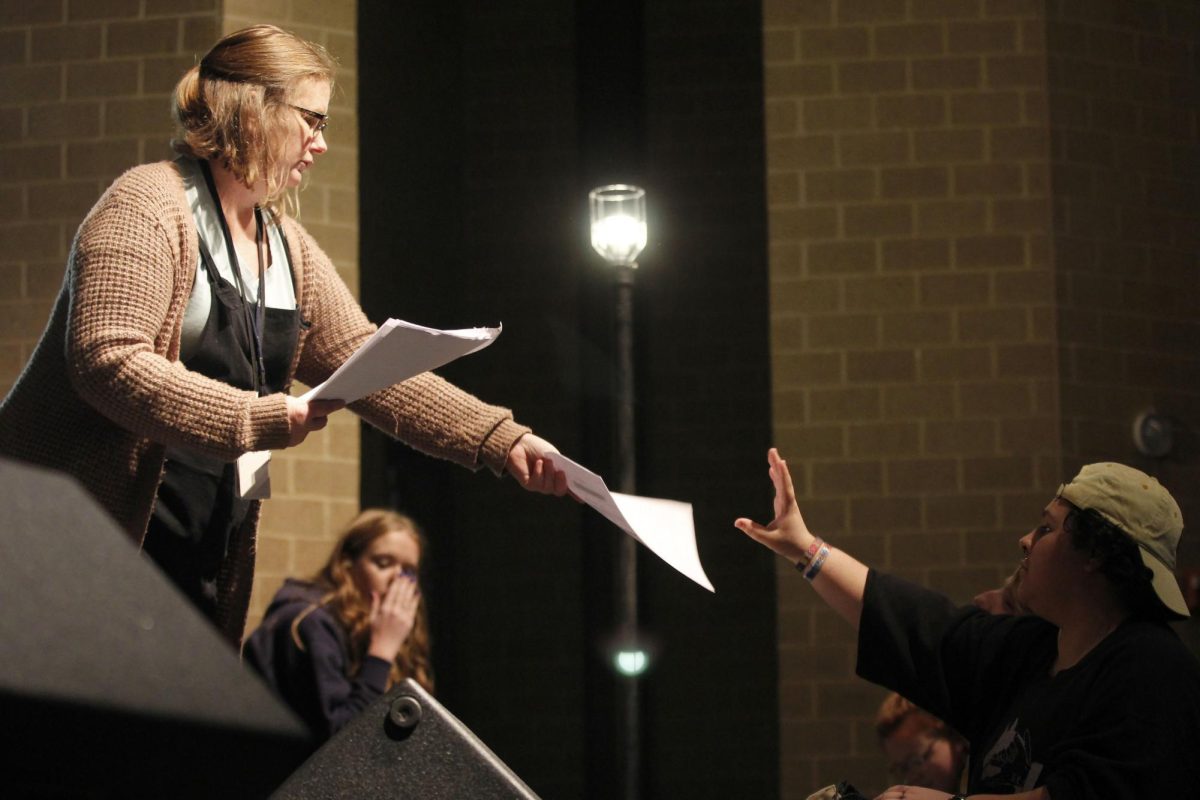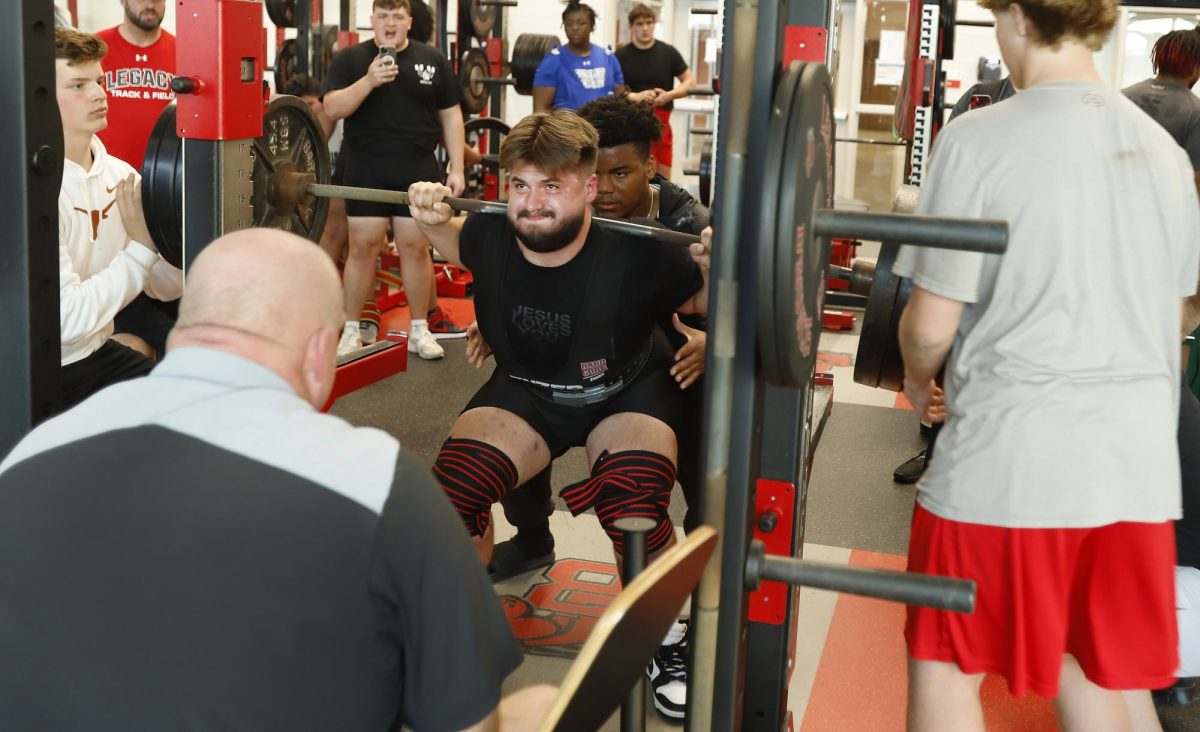English teacher Stephanie Shackelford developed pre-eclampsia during her pregnancy with her newborn son, Parker Lee Shackelford, causing the baby to be born three months premature. Pre-eclampsia is a disorder that occurs during pregnancy and the post-partum period and affects both the mother and the unborn baby. Occurring in at least 5-8 percent of all pregnancies, it is a rapidly progressive condition characterized by high blood pressure and the presence of protein in the urine.
Mrs. Shackelford had an appointment with her doctor the Thursday before Parker was born and, at that appointment her blood pressure was considered to be normal (120/80). Mrs. Shackelford had concerns about premature delivery and her doctor explained that preterm delivery shouldn’t be an issue.
“What I had was a ‘sickness’, an allergic reaction to the pregnancy. But it’s not common for it to happen after a first pregnancy,” Mrs. Shackelford said. “He felt good telling me not to worry about premature labor.”
On Sunday, Mrs. Shackelford woke up early in the morning with a headache, but was not worried because she had headaches throughout her pregnancy. She noticed her feet were swollen and decided to take her blood pressure, as swelling an indicator of high blood pressure. She noticed her blood pressure was in the 150’s and decided to take the day to rest. When she got a reading of 161/102 they decided to go to the hospital. Upon arriving at the the hospital, they with a blood pressure of 189/107 she was admitted immediately, as she was in danger of having seizures or possibly a stroke.
“They also had to take into account my future after the baby,” Mrs. Shackelford said. “They didn’t want to keep the baby at a risk that I would have major problems well after pregnancy.”
She was given an IV of blood pressure medicine and was put on magnesium sulfate to reduce the risk of seizure. The medicine brought her blood pressure down almost immediately. After being checked by the doctor, she was told that she had developed pre-eclampsia as she had in her first pregnancy with her now two-year-old son, AJ. At best the doctors hoped to keep the baby in utero for two days, but would hope for two weeks. They started a series of steroids for the baby to help with lung development, which according to the doctor, is key to survival of a premature baby.
“I’m a little bit of an optimist and I disregarded the two day statement and had my mind set on being in the hospital on bed rest for two weeks or more,” Mrs. Shackelford said.
That Mon., the high-risk doctor visited Mrs. Shackelford again, explaining his plan of action. At this point the blood pressure medicines were working, and she was given a second round of steroids for Parker, to continue assisting with lung development. The placenta, where the baby gets its nutrients, was being heavily monitored because hypertention deteriorates the placenta.
“Since on Monday everything was looking good, they were going to just keep me on the blood pressure medicines and try and buy time,” Mrs. Shackelford said. “I remember my regular doctor telling me that at this point that’s what we were doing – buying days. Every day we could keep the baby in the better he’d be.”
On Tues., Mrs. Shackelford’s blood pressure began to climb once again and the doctors kept increasing her medicine. She called her husband, Jason Shackelford, to come to see her because she began to worry about herself. He brought her a peanut butter shake, nut once she began to eat it the nurse told her to stop because they were about to administer anesthesia. They were going to deliver the baby because her blood pressure was still high and there was too much risk that the placenta was being compromised. After the delivery, it was confirmed that the placenta had signs of deterioration. After putting off the delivery for a couple of hours, Parker was born at 11:53 p.m. weighing two pounds three ounces and measuring 14 and three quarters inches.
After spending nine days in the hospital, Mrs. Shackelford is now at home and her blood pressure is at a normal level. Parker had to have a blood platelet transfusion before he began receiving shots for the hole in his heart, which is common for preterm babies. As of Feb. 1, he weighs two pounds and nine ounces. He is still on bubble CPAP (continuous positive airway pressure), a procedure doctors use to help promote breathing in premature newborns by placing a tube in their throat or nose. Parker is now getting physical therapy and is eating 9 mL of milk as opposed to the 1 mL he was eating before. A couple of times a week a therapist will go to the Neo-Natal Intensive Care Unit (NICU) to move his arms and legs. The baby’s most comfortable position is balled up like he would be in the womb, which he is kept in as much as possible. The therapist moves his muscles to make sure the don’t get stiff and to begin to show him how his muscles can move. Parker still has dips in his breathing and heart rate every now and then throughout the day and night, and any sudden change or touching also agitates his breathing.
“We are very fortunate in that he hasn’t had any problems out of the ordinary. It’s hard for me to wrap my mind around that him struggling to breathe is “normal” in preemie world,” Mrs. Shackelford said. “My OB (obstetrician) reassured me that since he hasn’t had any major or abnormal problems that it is a good sign. The chances of something going wrong goes down each day.”











